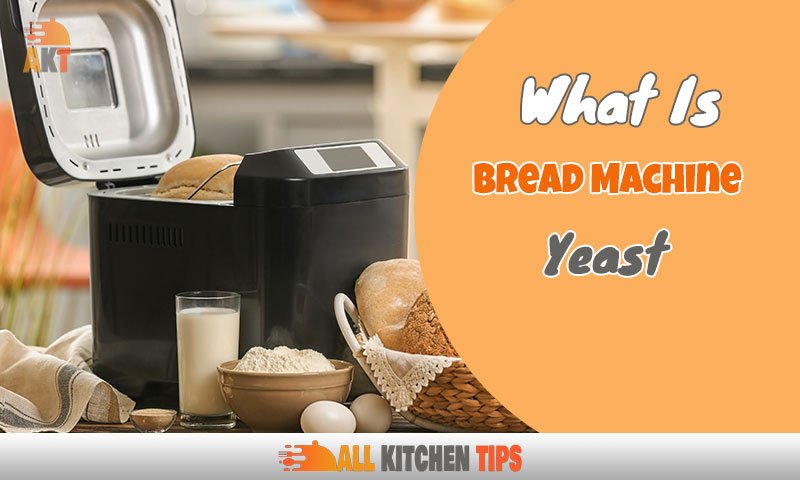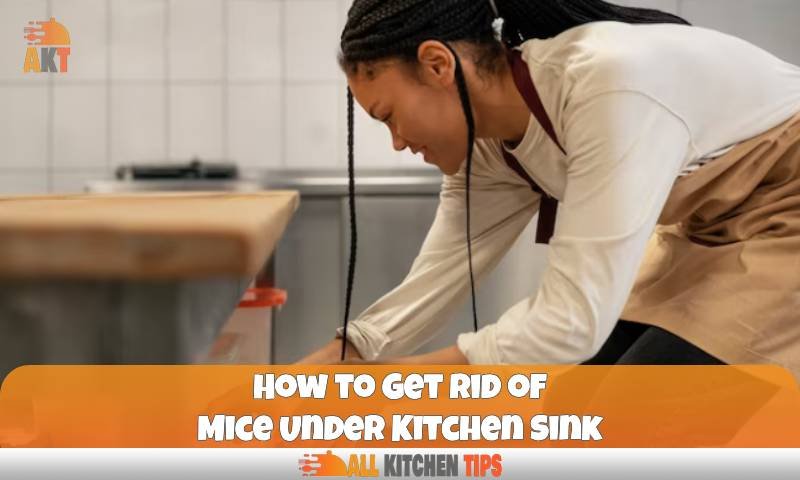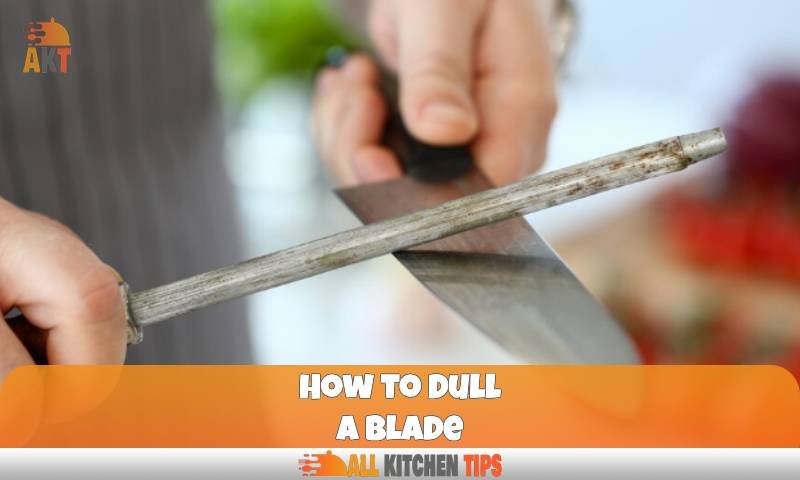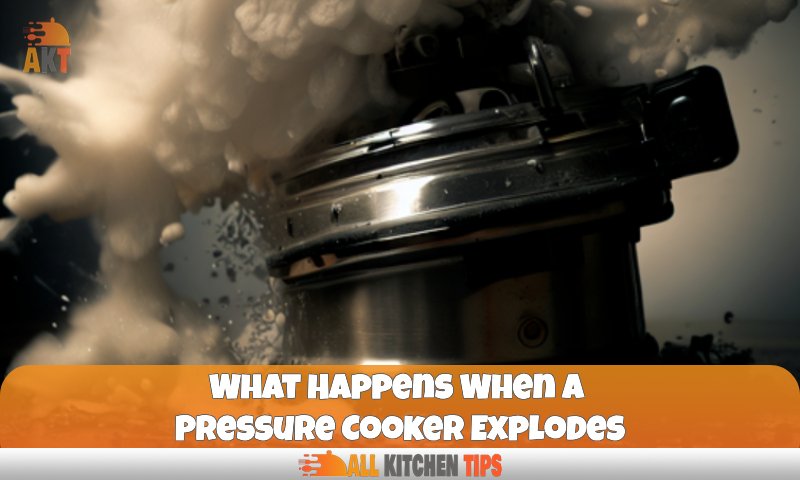Have you ever dreamed of making beautiful, perfect loaves of homemade bread? It’s a lot easier than you think, and all you need are the right ingredients. This includes bread machine yeast, a crucial ingredient for making your bread rise to perfection.
Bread machine yeast isn’t just any kind of yeast – it’s specifically formulated to work with your dough and make the perfect loaf every time. But what exactly is bread machine yeast, and how does it differ from regular active dry yeast or other types of yeast? In this article, we’ll explore the difference between bread machine yeast and other types of yeast so that you can make perfect loaves every time.
Introduction to Bread Machine Yeast
Bread machine yeast is the secret to perfectly fluffy and delicious loaves, ideal for sandwiches and toast. So what exactly is it?
Bread machine yeast is a form of instant yeast, made through a different manufacturing process than active dry yeast. It has a delicate texture and is finely granulated—it’s basically a very finely milled version of active dry yeast. The grains are also coated with a layer of vitamin C and a flour buffer, which helps the sustainability of the yeasts’ activity, making it great for doughs that require longer rising times.
In general, “bread machine yeast” is an overarching term that includes different yeast types used in bread machines. It can come in either fast-acting or regular form, both of which will produce different results in baking time and flavor development. So if you’re looking for those perfect loaves every time, you’ll want to make sure you have the right type of bread machine yeast for your recipe.
What Is Bread Machine Yeast?
If you’ve ever been interested in baking bread, you’ve probably heard of bread machine yeast. But what exactly is it? Bread machine yeast is a type of instant yeast, made through a different manufacturing process than active dry yeast. It’s highly marketed because it speeds up the baking process: Instead of waiting for your dough to rise for 1-2 hours with active dry yeast, bread machine yeast will do the same job in 30 minutes or less. However, this speed comes at a cost—bread machine yeast is sometimes more expensive than other types of yeast.
Benefits of Using Bread Machine Yeast:
- It requires no hydration and dissolves quickly into warm liquid.
- It proofing period is faster than traditional active dry yeast (less than 30 minutes).
- Long shelf life of up to 24 months when stored properly.
- Consistent and easy-to-handle results every time.
What Types of Bread Can Use Bread Machine Yeast?
When it comes to bread machine yeast, you can use it for all kinds of breads. It’s the best kind of yeast for baking in a bread machine since it’s super fast-acting and creates loaves that are tender and fluffy.
You can use bread machine yeast for all types of breads, including:
- White bread
- Wheat bread
- Sourdough
- Rye
- French-style baguettes
- Pizza dough
- Brioche
and much more.
Bread machine yeast is often marketed as “rapid rise” yeast and is recommended by professional bakers and chefs as the preferred type of instant yeast for quick rising, light, and airy loaves. It’s a great choice for novice bakers, too, because it simplifies the process, so you can create perfect homemade loaves without worrying about the technicalities.
Choosing the Right Type of Bread Machine Yeast
When it comes to making the perfect loaf of bread, the type of yeast used makes all the difference. So it’s important to know what kind of yeast is best for bread machines.
Bread Machine Yeast, Rapid Rise Yeast, and Instant Yeast can all be used interchangeably in a bread machine; they’re all versions of “ quick rising” yeasts. But they are made through different manufacturing processes than active dry yeast (the most common type of yeast).
Here’s a summary of what makes each type special:
- Bread Machine Yeast: It has the fastest rising time and will bring dough to its point the quickest.
- Rapid Rise Yeast: It requires no proofing step before use and works without water activation first.
- Instant Yeast: This is also very fast-acting, but you should still let it soak in warm water for about 10 minutes before adding it to your recipe.
Although Bread Machine Yeast may be easier to use, Active Dry or Instant Yeast are often more accessible and are the most common types used for bread machines today. So if you have either of those on hand, you should be able to make a perfect loaf with them as well.
How to Use the Bread Machine Yeast for the Perfect Loaf of Bread
Now that you know what bread machine yeast is, let’s chat about how to use it for the perfect loaf of bread.
First, it’s important to keep the yeast separate from the wet ingredients when you’re making your dough. It should be dissolved in a liquid that isn’t warmer than 115°F and then added to the bowl with the other dry ingredients.
Second, all-purpose or American white bread flour can be used for bread in a bread machine, and it works best for 1.5 pound or 2 pound loaves. If you’re feeling adventurous and want to try something new, you can use rye flour for a delicious sourdough bread in a bread machine—just remember to double check the yeast instructions as they may vary depending on your recipe.
And finally, adding an extra scoop of yeast won’t get you a better loaf of bread. In fact, it might make your final product too gummy or dense. So keep an eye on the quantity of yeast when cooking with a bread machine.
Helpful Tips and Tricks for Using Bread Machine Yeast
Using bread machine yeast isn’t as hard as it seems, and with a few helpful tips and tricks, you can perfect your loaves every time. Here’s what you need to know:
Water temperature
The temperature of the water you use to activate the yeast should be between 105º and 110ºF. You can test this easily by touching the water—it should feel lukewarm. If it’s too hot, the yeast won’t be activated properly, leaving your baked goods dense and flat.
Order of ingredients matters
The order in which you add your ingredients is important for bread machines — add liquids first, then dry ingredients, then yeast last. This helps ensure that all the other ingredients are properly absorbed before activating the yeast.
Temperature and humidity impact the bread
Temperature and humidity levels can affect the outcome of your loaf. A drier climate will take longer for recipes to rise, while a humid climate means you might need to reduce liquid or increase flour amounts to get a great-tasting loaf. Keep an eye on these factors if you suspect something might be off.
People Also Like: A Deeper Look About What Does a Masticating Juicer Do?
Conclusion
Bread machine yeast is a great tool for any home baker – it has a longer shelf life than traditional yeast, it can be stored in the fridge or cupboard, and it delivers consistently good results. With a few key tips and tricks, you can use bread machine yeast to make perfect loaves every time.
When using bread machine yeast, it’s important to pay attention to the instructions on the packet. Make sure the water is the right temperature, as this is key to activating the yeast, and make sure you knead your dough thoroughly. Allow the dough to rise in a warm, draft-free place until it doubles in size, and then you’re ready to bake.
If you’re looking for a foolproof way to make your own bread at home, then look no further than bread machine yeast. With this magical ingredient, you can make perfect loaves every time.





